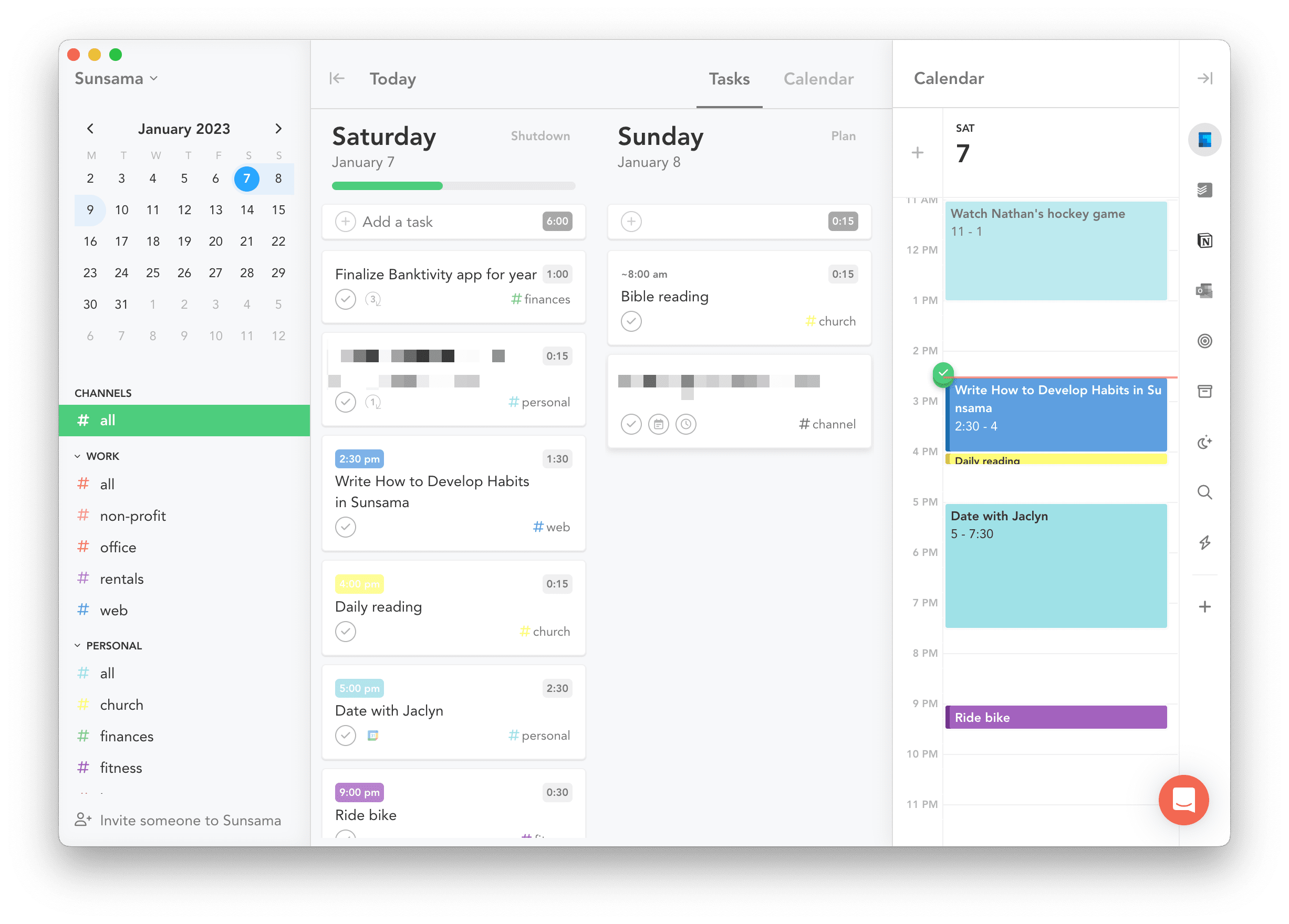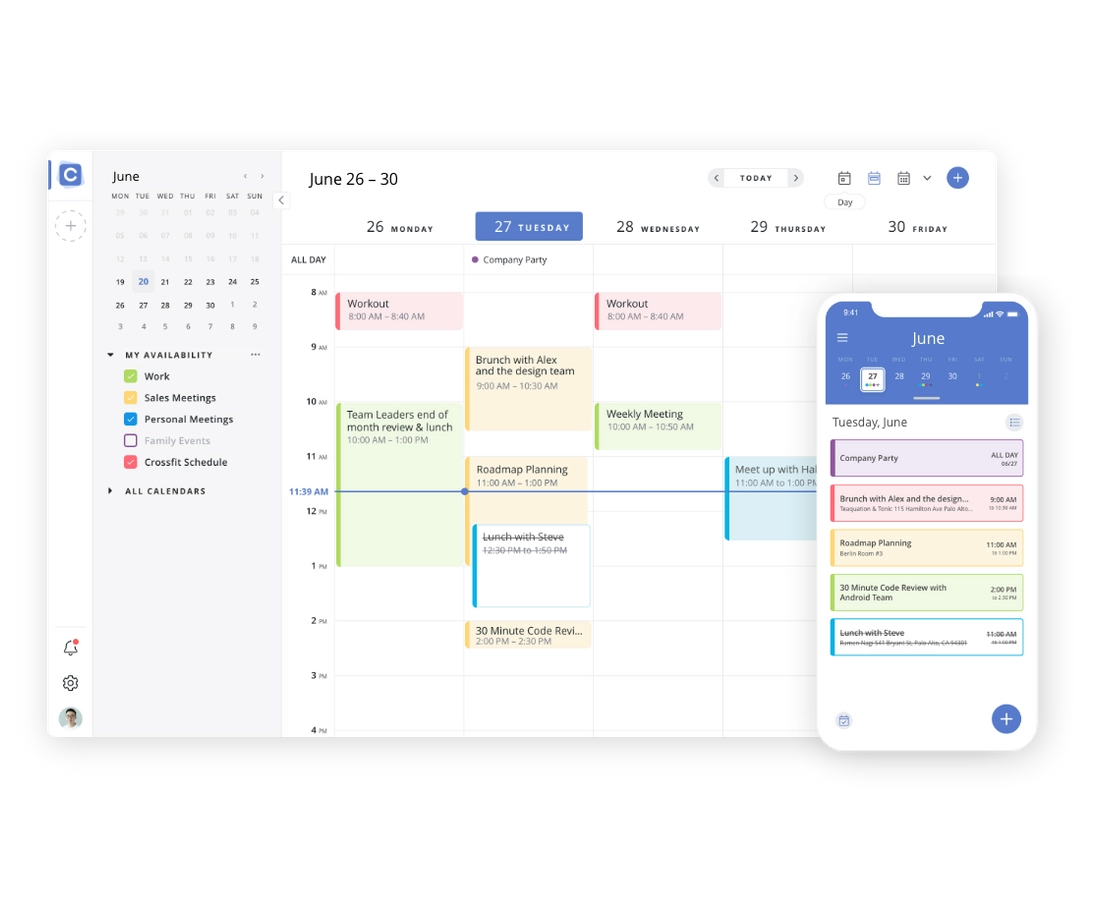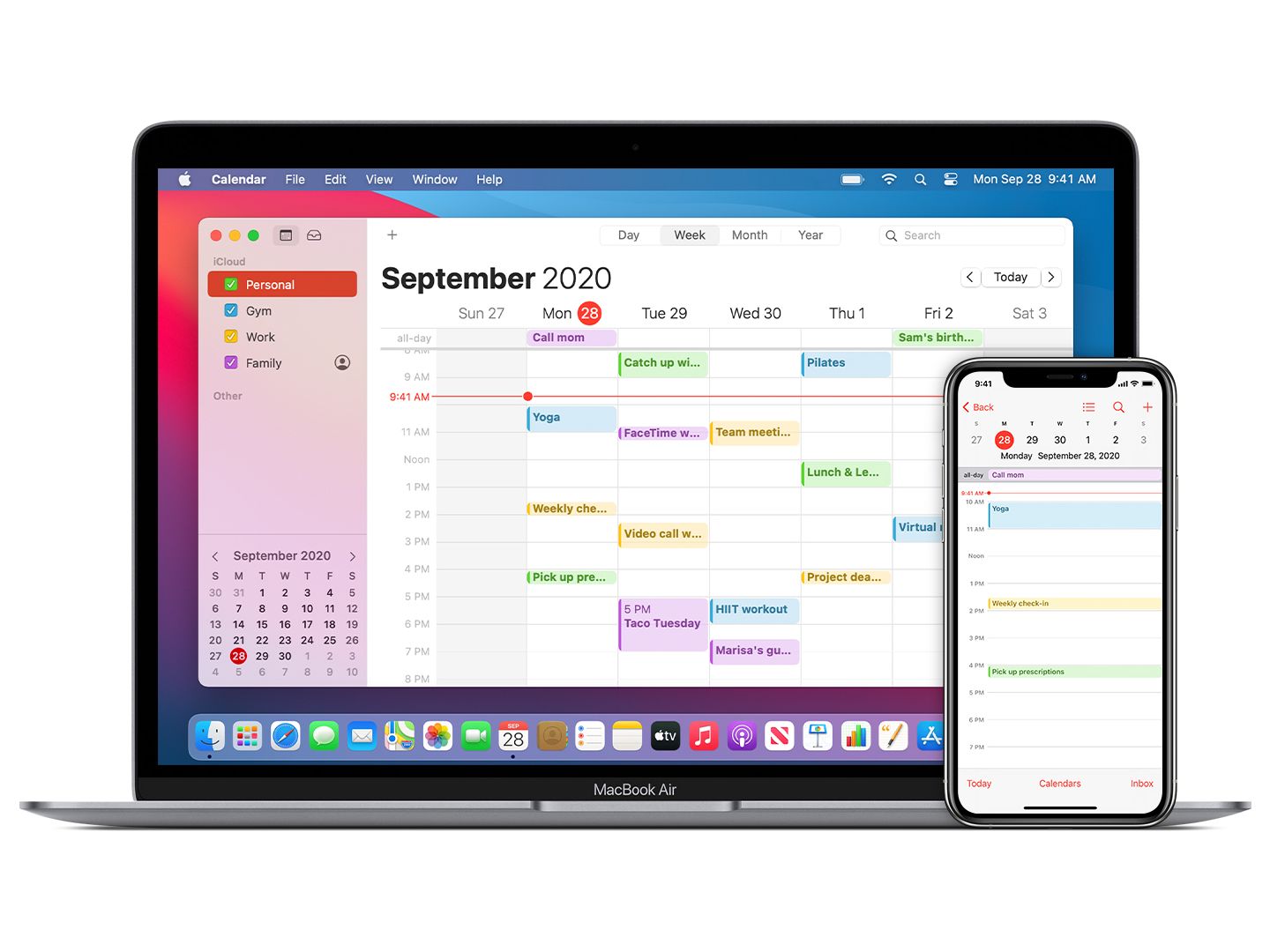Let’s be honest—keeping track of everything in our modern, fast-paced lives is no joke. Between work meetings, dentist appointments, grocery runs, and that yoga class you keep rescheduling... it adds up fast. That’s where calendar and scheduling apps swoop in to save the day.
I used to rely on sticky notes and memory (don’t do that). But once I found the right calendar app, everything changed. Tasks got done, meetings got attended... and I even managed to show up early once or twice. 😉
In this guide, I’ll walk you through some of the best calendar and scheduling apps out there. Whether you’re juggling multiple clients, planning a team project, or just trying to remember your anniversary (set that recurring reminder!), I’ve got you covered.
Why Calendar and Scheduling Apps Matter
You might be thinking, “I already have a calendar on my phone—why would I need something else?” Fair question.
Here’s the thing: basic calendar apps show you what’s coming. But smart calendar apps help you take control of your day. They:
Automate scheduling
Sync across your devices
Integrate with your task management tools
And (most importantly) prevent double-booking disasters
Whether you’re managing a team or just your own chaos, upgrading your calendar game can seriously boost your productivity.
How to Choose the Right App
Here are a few questions to ask yourself:
Are you an Apple, Android, or Windows loyalist?
Do you need it for work meetings, personal planning—or both?
Do you want AI scheduling features or a minimalist design?
Will you be collaborating with others?
Once you’ve got a sense of your needs, choosing the right calendar app becomes a lot easier. Let’s look at some top contenders.
1. Google Calendar
Ah yes, the classic. If you’ve ever used Gmail, you already know the power of Google Calendar. It’s kind of the default for millions of people worldwide—and for good reason.

Key Features
Easy event creation with natural language (“Lunch with Jamie tomorrow at 1 PM”)
Shared calendars for teams or families
Integration with Google Meet, Gmail, and Google Tasks
Color-coded categories (hello, visual clarity)
Best Use Cases
Professionals managing meetings and deadlines
Families coordinating events
Students juggling classes and study schedules
Pros and Cons
Pros:
Free and super easy to use
Works great across devices
Strong integration with Google Workspace
Cons:
Basic task management
Limited customization
2. Fantastical
Now let’s talk about something a little more fancy—Fantastical is like the luxury sedan of calendar apps for Apple users.

Unique Features
Natural language parsing that actually works (even with complex phrases)
Stunning interface with day, week, month views
On-location weather forecasts and time zone support
Beautiful widgets for macOS and iOS
Ideal Users
Mac and iPhone users who value design and advanced features
Professionals who live in multiple time zones
Strengths and Weaknesses
Strengths:
Slick, intuitive interface
Reliable syncing with iCloud, Google, Exchange, and more
Weaknesses:
Only available on Apple devices
Premium features require a subscription
3. Sunsama
Sunsama doesn’t just manage your time—it helps you plan your time. Think of it as your daily planning assistant.

What Makes It Different
Combines task management and scheduling in one tool
Daily planning workflow prompts you to review and schedule tasks
Pulls tasks from tools like Trello, Asana, and Todoist
Productivity Integration
Integrates with productivity tools (Notion, ClickUp, Gmail)
Helps you build sustainable, realistic daily workflows
Pros and Limitations
Pros:
Encourages mindful planning
Perfect if you work in blocks or follow timeboxing
Cons:
Monthly subscription required
Might feel “too structured” for free-flow planners
4. Microsoft Outlook Calendar
If you’re already in the Microsoft 365 world, Outlook Calendar is probably your best bet—and it’s more powerful than most people think.

Integration with Microsoft 365
Seamlessly works with Outlook email, Teams, and OneNote
Great for corporate environments and enterprise-level scheduling
Features for Business Users
Room booking and meeting polls for time suggestions
Shared calendars for departments or collaborators
Time zone management (a big win for global teams)
Pros and Cons
Pros:
Built for business workflows
Strong security and compliance features
Cons:
Not as intuitive or modern-looking
Best suited for Microsoft users
5. Calendar.com
Let’s talk about an app that literally calls itself Calendar—pretty gutsy, right?

Smart Scheduling Tools
AI-based scheduling that finds optimal times
Analytics on meeting habits and time usage
Collaboration Features
Shareable booking links for teams and clients
Group scheduling without endless back-and-forth
Strengths and Drawbacks
Strengths:
Insights and data to optimize your schedule
Helps reduce “calendar clutter”
Drawbacks:
Newer player—still expanding features
Some tools are locked behind the paywall
6. Apple Calendar
If you live in the Apple ecosystem, chances are you’ve used or at least seen Apple Calendar. And honestly? It gets the job done.

iCloud Sync and Apple Ecosystem
Syncs flawlessly across iPhone, iPad, Mac, Apple Watch
Integrates with Siri and Reminders
Ease of Use
Simple, elegant interface
Great for basic appointment and reminder setting
Pros and Cons
Pros:
No learning curve—super intuitive
Free and pre-installed on Apple devices
Cons:
Lacks advanced features
Only shines if you’re 100% team Apple
Feature-by-Feature Comparison Table
App | Platforms | Best For | Key Features | Free Version |
|---|---|---|---|---|
Google Calendar | Web, Android, iOS | General use, teams | Shared calendars, Gmail integration | ✅ |
Fantastical | macOS, iOS | Apple power users | Natural language, beautiful interface | Limited |
Sunsama | Web, macOS, Windows | Mindful productivity | Task + calendar, daily planning | 🚫 (Trial only) |
Outlook Calendar | Windows, Web, iOS, Android | Business and enterprise | MS365 sync, time zones, team collaboration | ✅ |
Calendar.com | Web, iOS, Android | Power schedulers, data nerds | Smart scheduling, time analytics | ✅ (Paid upgrade) |
Apple Calendar | macOS, iOS | Apple loyalists | iCloud sync, Siri integration | ✅ |
Which Calendar App Is Best for You?
Still wondering which calendar or scheduling app fits your life best? Let’s break it down.
If you’re a minimalist...
Apple Calendar or Google Calendar does the job without the frills.
If you're goal-oriented and like to plan your day...
Sunsama is your dream app. Timeboxing and task planning all in one.
For Apple fans who love sleek design and power...
Fantastical is hands-down the prettiest (and smartest) calendar around.
Running a business or team?
Outlook Calendar or Calendar.com win with robust scheduling and collaboration.
Final Thoughts
Time may be your most valuable resource—but it’s also the one we all waste the most. The right calendar and scheduling app can help you take control of your time, reduce stress, and actually enjoy your day again.
Here’s my final advice:
Set recurring reminders (birthdays don’t remember themselves).
Use one calendar for everything—don’t scatter events across five platforms.
Review your calendar daily—a quick morning check-in works wonders.
So now it’s your turn: Pick the app that fits your lifestyle and take the first step toward calmer, cleaner, and more productive days.
Because let’s face it—life’s too short for calendar chaos.
Looking for more productivity tools? Stick around—I’ve got plenty more where this came from. 💡